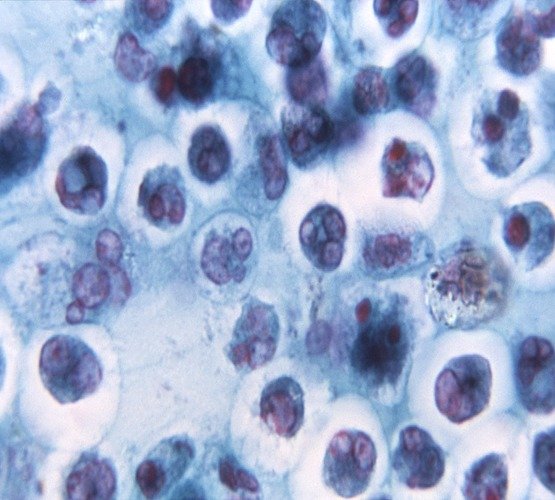Product photo

Product details
Name: Rabbit Anti Phytolacca dioica Ribosome-inactivating protein PD-L1/PD-L2 Antibody-FITC
Size: 100ug
Catalog no.: CSB-PA306294LC01PJJ_100ug
Order on Gentaur.comAntibody isotype
IgG
Purity
>95%
Conjugation
FITC
Tested applications & recommended dilutions
ELISA
UniProt ID
P84853
French translation
anticorps
Species reactivity
Phytolacca dioica
Immunogen species
Phytolacca dioica
Purification method
Protein G purified
Additional conjugation
Anti-FITC Antibody
Clonality
Polyclonal antibody
Antibody category
Polyclonal Antibodies
Latin name
Oryctolagus cuniculus
Format
Liquid, diluted in buffer
Alias
Ribosome-inactivating protein PD-L1/PD-L21
Background
Inhibits protein synthesis. Cleaves supercoiled pBR322 dsDNA.
Synonym name
Ribosome-inactivating protein PD-L1/PD-L2 Phytolacca dioica Antibody
Buffer composition
Preservative: 0.03% Proclin 300, Constituents: 50% Glycerol, 0.01M PBS, PH 7.4
Immunogen type
Recombinant Phytolacca dioica Ribosome-inactivating protein PD-L1/PD-L2 protein (1-261AA)
Long name
Rabbit Antibody against Phytolacca dioica Ribosome-inactivating protein PD-L1/PD-L2, FITC
Description
This antibody needs to be stored at + 4°C in a fridge short term in a concentrated dilution. Freeze thaw will destroy a percentage in every cycle and should be avoided.
Shipping and storage
Ribosome-inactivating protein PD-L1/PD-L2 Antibody is shipped on ice packs and upon receipt should be stored at -20 or -80 degrees Celsius. We recommend that you prepare the working aliquots in advance so that freez-thaw cycles are avoided. Do not expose the antibodies to drirect bright light, especially the labeled ones as most conjugates are light sensitive.
About
Rabbits are used for polyclonal antibody production by Cusabio. Rabbit antibodies are very stable and can be stored for several days at room temperature. Cusabio adds sodium azide and glycerol to enhance the stability of the rabbit polyclonal antibodies. Anti-human, anti mouse antibodies to highly immunogenic selected peptide sequences are" monoclonal like" since the epitope to which they are directed is less than 35 amino acids long.
Properties
If you buy Antibodies supplied by Cusabio they should be stored frozen at - 24°C for long term storage and for short term at + 5°C.This Cusabio Fluorescein isothiocyanate (FITC) antibody is currently after some BD antibodies the most commonly used fluorescent dye for FACS. When excited at 488 nanometers, FITC has a green emission that's usually collected at 530 nanometers, the FL1 detector of a FACSCalibur or FACScan. FITC has a high quantum yield (efficiency of energy transfer from absorption to emission fluorescence) and approximately half of the absorbed photons are emitted as fluorescent light. For fluorescent microscopy applications, the 1 FITC is seldom used as it photo bleaches rather quickly though in flow cytometry applications, its photo bleaching effects are not observed due to a very brief interaction at the laser intercept. Cusabio FITC is highly sensitive to pH extremes.
